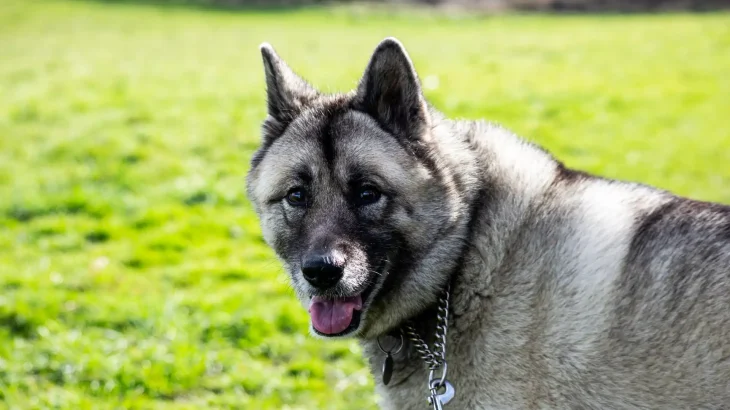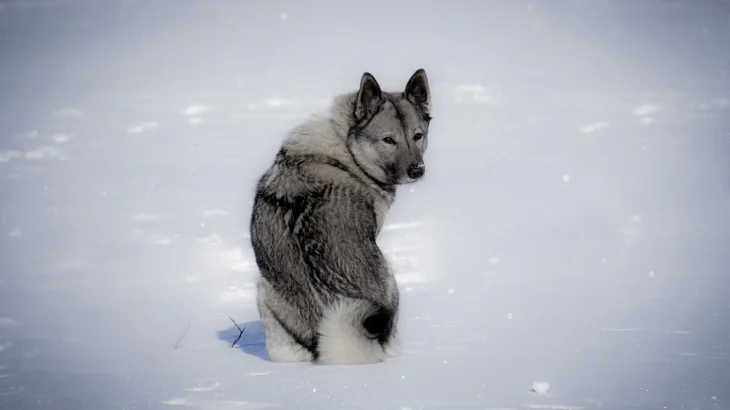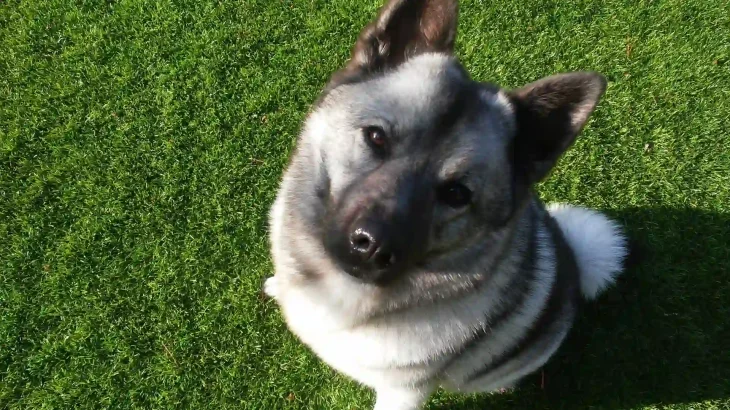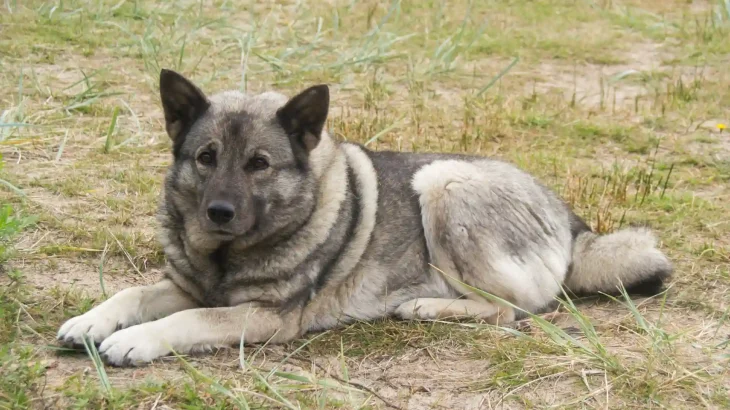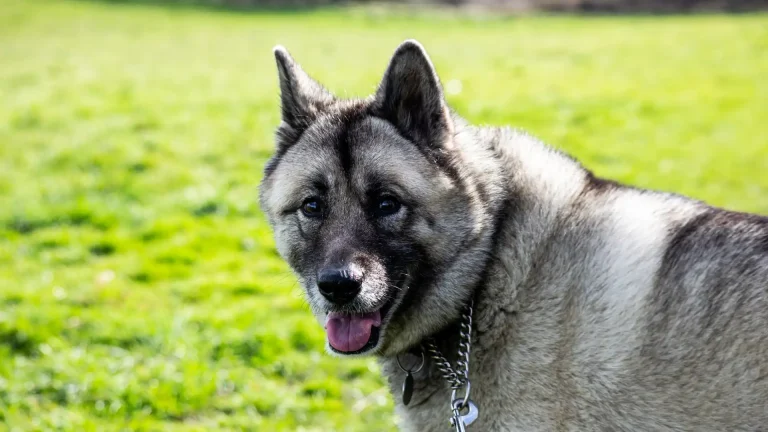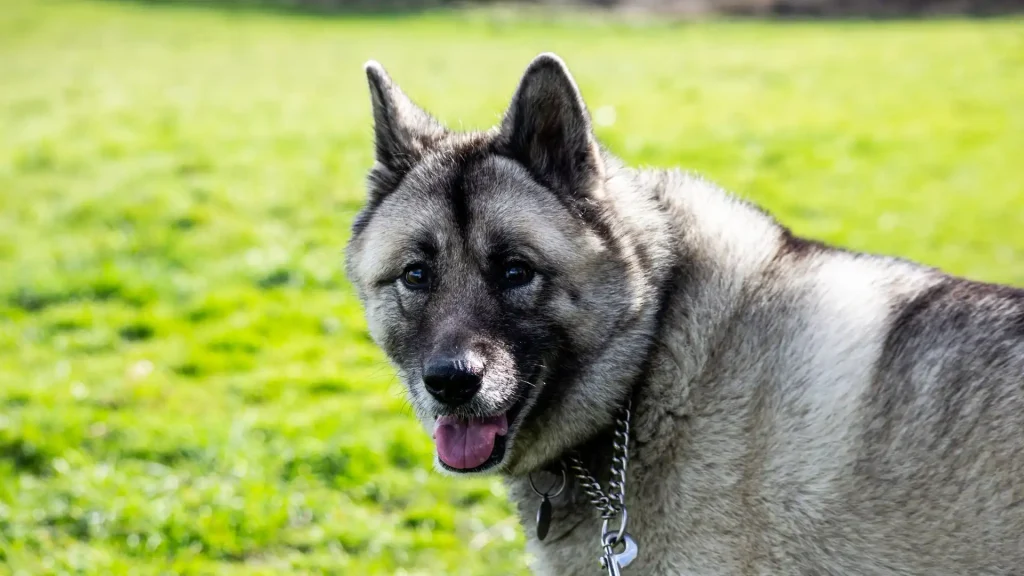Deciding whether to adopt or purchase a Norwegian Elkhound puppy depends on your priorities and resources. Buying from a breeder often offers predictable lineage and health history, while adopting provides the chance to give a loving home to a dog in need, usually at a lower cost.
| Criteria | Buying from Breeder | Adopting from Shelter/Rescue |
|---|---|---|
| Cost | Higher initial cost, reflecting purebred status and breeder expenses. | Lower adoption fees, usually covering spaying/neutering, vaccinations, and microchipping. |
| Health History | Detailed health records and genetic screenings usually provided. | Health history may be limited or unknown; basic health checks usually performed. |
| Age Availability | Primarily puppies, letting you raise them from a young age. | Variety of ages available, including adults with known temperaments. |
| Temperament Insight | Breeders share info based on lineage and early socialization. | Shelter staff provide behavior observations, though background may be incomplete. |
| Supporting Practices | Supports established breeding programs; choose ethical breeders. | Supports animal welfare by rescuing dogs needing homes. |
| Ethical Considerations | Risk of supporting puppy mills if not choosing reputable breeders. | Helps reduce pet overpopulation and euthanasia rates. |

